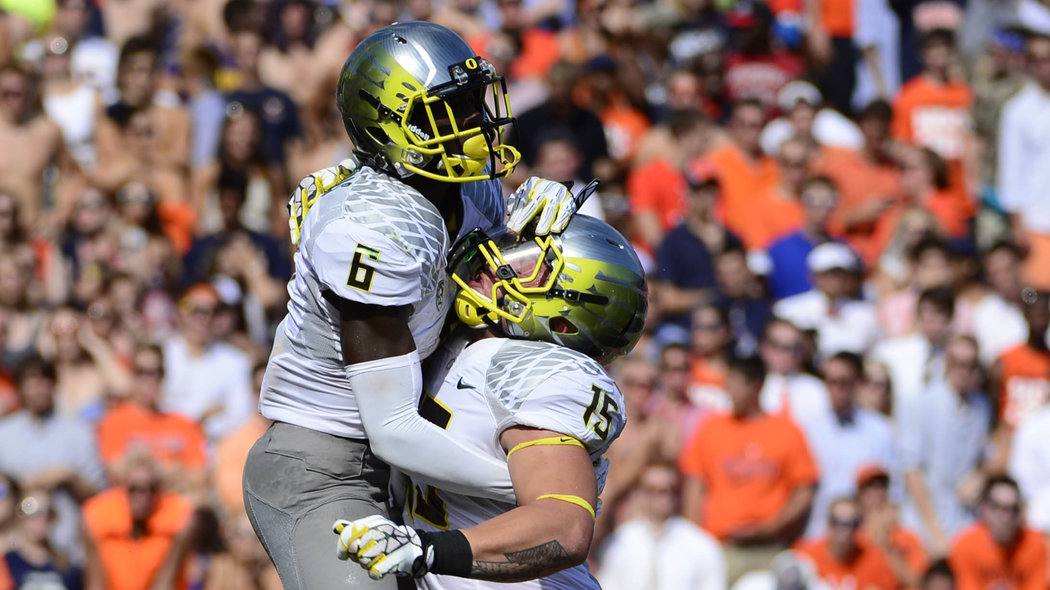Just like there is nothing stock in stock car racing, there is nothing amateur about National Collegiate Athletic Association (NCAA) college football. What is it, then?
NCAA college football is a multi-billion dollar business enterprise. It is conducted in all 50 states, scheduled across geographies demanding event planning, travel, legal contracts, paid employees, unions, hierarchies, officials, trainers, coaches, administrators, promotion, advertising, merchandise sales, food and beverage sales, television, radio, Web and print media coverage, ticket sales, required attendance at meetings, practices and other events, equipment, real estate, housing, facilities maintenance, custodial services, construction, trash/junk removal, storage, vehicles, fuel, health/medical care and more. It requires electricity. I’m reminded every month that electricity is not free.
Stop me now if any of that sounds “amateurish.” Can you think of any other industry that requires all (or even half) of the above and still credibly call it an amateur enterprise?
Go, team
What the NCAA may have originated as, and what it is today, are two very different animals. The rah-rah-sis-boom-bah ethos of early college football exists today only as a quaint reminder of what college football originally set out to be. It is the saccharine icing on a very expensive cake.
Americans love pretending college football is an enterprise based on the love of the game and school pride. Sure, there is that. There are also many, many thousands of people making their livings off of college football, including more than a few lining their pockets with millions — every year.
But not the players; the key performers in the defining characteristic of NCAA football: the games.
Big business
NCAA football quickly rose to the pinnacle of sports in early twentieth century America, second only to professional baseball at that time. As far as football went, college football was the height of achievement. When the specter of professional football intruded upon college football’s pure monopoly, players were warned to not sully their reputations and business futures by playing the game for money. They were cautioned, it should be noted, by coaches, administrators and media columnists — all of whom were paid for their efforts.
In time, the National Football League grew to become the acknowledged king of American sports. NCAA football, the primary — and nearly solitary — development system that prepares athletes to become NFL players, has always dwarfed the NFL in size: by number of participating entities, players, coaches, staffs, etc. Those are just the participants. From a spectator perspective, let’s put it this way: There are far more professional photographers aiming lenses at football games on Saturdays than there are on Sundays.
Nearly everyone in the enormously profitable enterprise of NCAA football gets paid in U.S. currency. The players do not. That is not to say that the players are not compensated.
In fact, former Northwestern University Wildcats quarterback Kain Colter calls college football “a job” in a recent interview with the Chicago Tribune. For that job, he estimates that he was compensated in the neighborhood of $75,000 per year. His compensation did not come in the form of a paycheck, but rather in the benefits he enjoyed as a member of the NU Wildcats team: education, room, board and other considerations.
To maintain that privilege — the right to continue to play football for NU — Colter prioritized his life activities and sacrificed other pursuits (educational, social, career) to make football his top priority. If that sounds like what millions of Americans do when they go to their jobs every day, it’s because it is.
If you’re wondering, there is a timely reason why Colter’s opinion is being sought. A group of Northwestern University football players announced in January they had filed a petition for a union election with the National Labor Relations Board, the federal agency that administers labor law. If the board allows the election to proceed, Northwestern’s football players could vote to establish the first labor union in the history of college athletics.
Getting jobbed
“A job” indeed. If successful, the NU football team’s suit will force the NCAA to recognize not only are college football players not amateurs, but collectively bound employees. It will turn college athletics on its head. The NCAA in 2012 reported $872 million in revenue administering programs for its 420,000 athletes. The additional revenue generated by broadcast rights, other media coverage, merchandise, concessions and other ancillary businesses constitute untold billions, annually. Other NCAA sports also are revenue positive, but football is the cash cow that supports many other non-revenue generating collegiate sports programs.
There are 245 NCAA (FBS/D1-A and FCS/D1-AA) college football teams. To start, a successful NU petition would have ramifications on 244 additional college football programs, although the suit is likely to take years to resolve.
You may argue that college football players should not have the rights to unionize, but that is now in the hands of the NLRB. What can no longer be argued is college football’s opinion of its athletes — the key players in their multi-billion dollar business — as amateurs.
Julian Rogers is a freelance writer, communications consultant and owner of Juju Eye Communications. Follow him on Twitter (@mrturophile), or connect with him on LinkedIn and Google+.
Add The Sports Daily to your Google News Feed!
